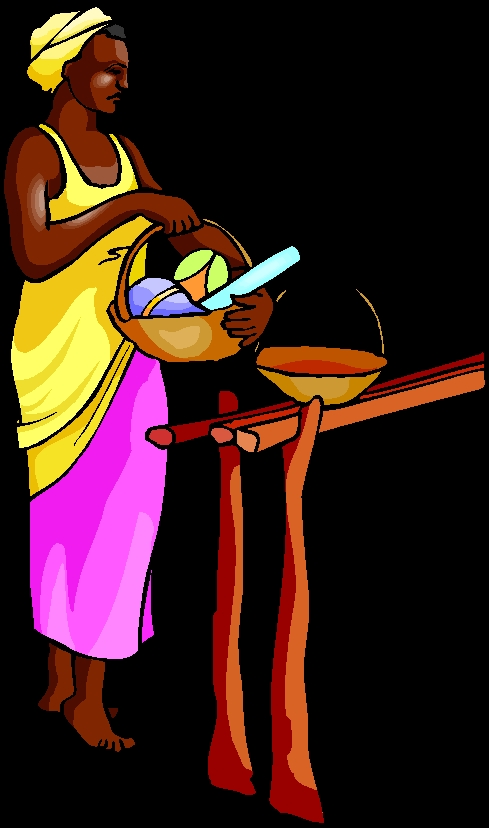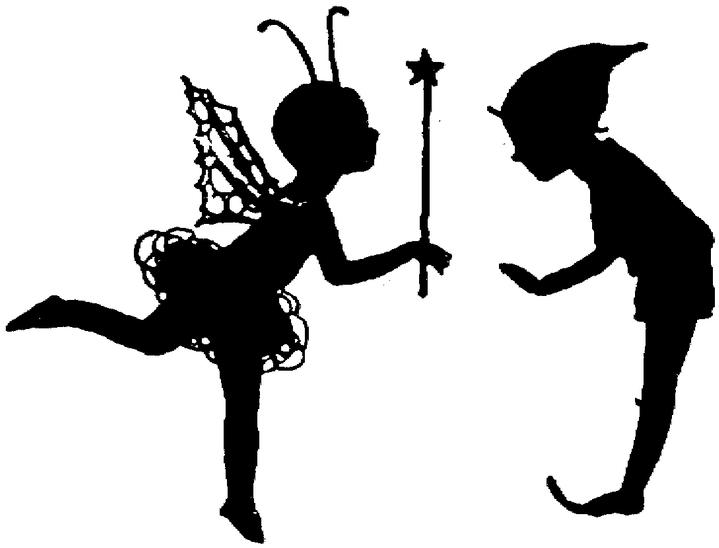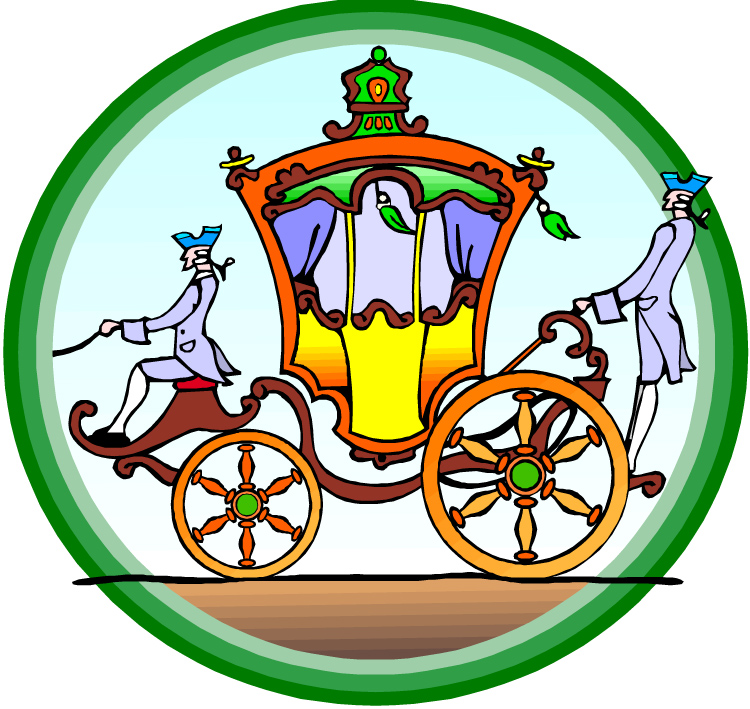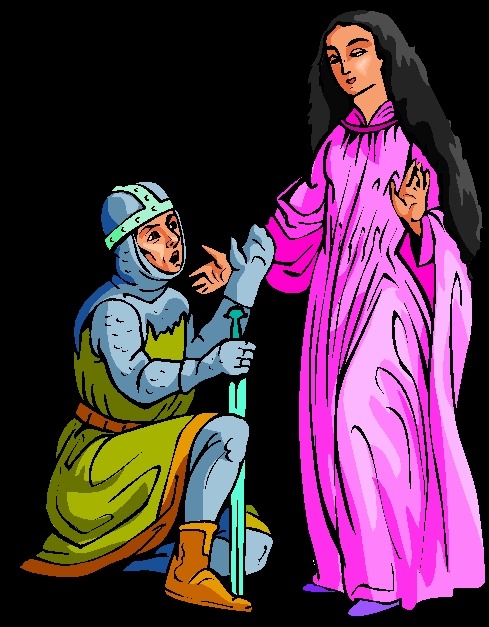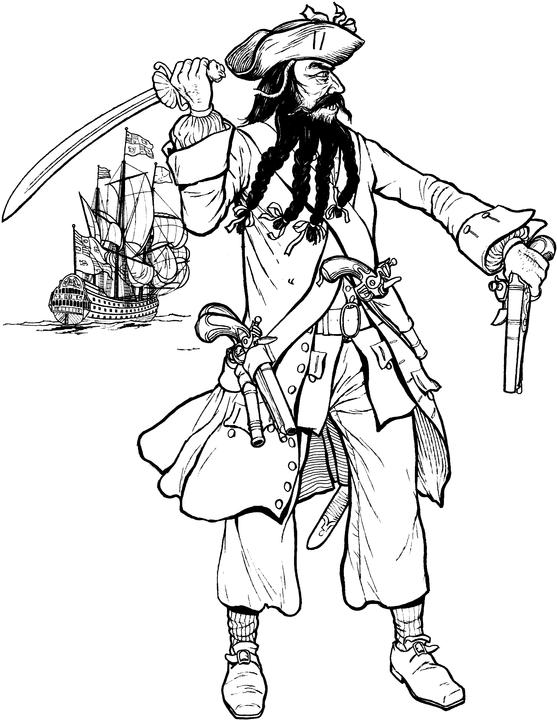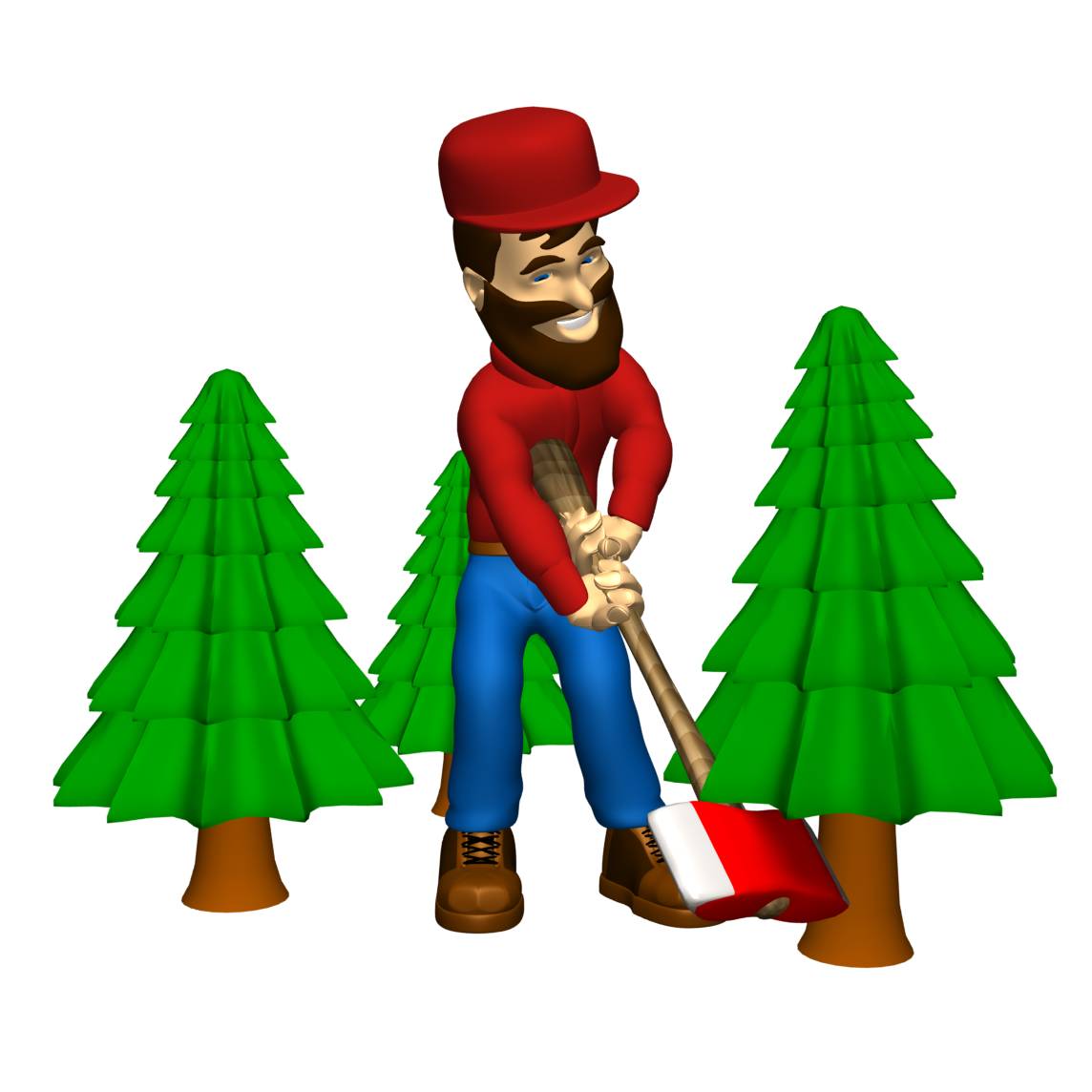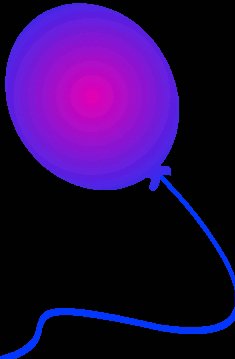Myths are sometimes thought of as Folktales.
Some Myths are thought of as Religious stories.
Myths are old stories, usually ancient, which have to do with how people in a group see the world. The people often believe that the story in the myth describes something real and true. Many myths explain why things happen in the natural world. There were few scientific explanations long ago. Myths helped people understand the world, how it began, and all that was happening around them.
Myths usually involve something supernatural.
Myths that talk about the creation of the world are sometimes called CREATION TALES
Myths that explain nature are called EXPLANATORY TALES. These stories are sometimes called POURQUOI TALES. Pourquoi, in French means "why."
For example, some Myths explained the causes of
THUNDER and LIGHTNING.
Some myths are about heroic people.
Myths were and are sometimes used to support ideas about life that are believed by a group of people. They are used as examples to show what they believe is true about people and the world.
As is true of legends, some people think of Myths as being separate from the folktale category. I believe that if the myth has the general characteristics of a folktale, and it is no longer part of a practicing religion, then it might be considered a varied form of a Folktale.
FAMOUS MYTHS:
GREEK AND ROMAN MYTHS
The Greeks and Romans living in ancient times had many
myths. The Greek and Roman myths are sometimes thought of as religious stories. That is because these Myths were stories in the Greek and Roman religion.
The Greek and Roman myths were told over 2,000 years ago.In the Greek and Roman religion, there were many Gods and Goddesses
The most important Greek God was ZEUS.
In Roman mythology, Zeus was called JUPITER.
Many Greek and Roman Myths were stories about the Gods and Goddesses. Some of their myths were about heroes, such as HERCULES.
MYTHS OF NATIVE PEOPLES
Native peoples in many lands have Creation and Explanatory Myths. These myths were made up because there was a need to explain the creation of the world and how nature operated. Native Americans had and have many of these types of myths.
